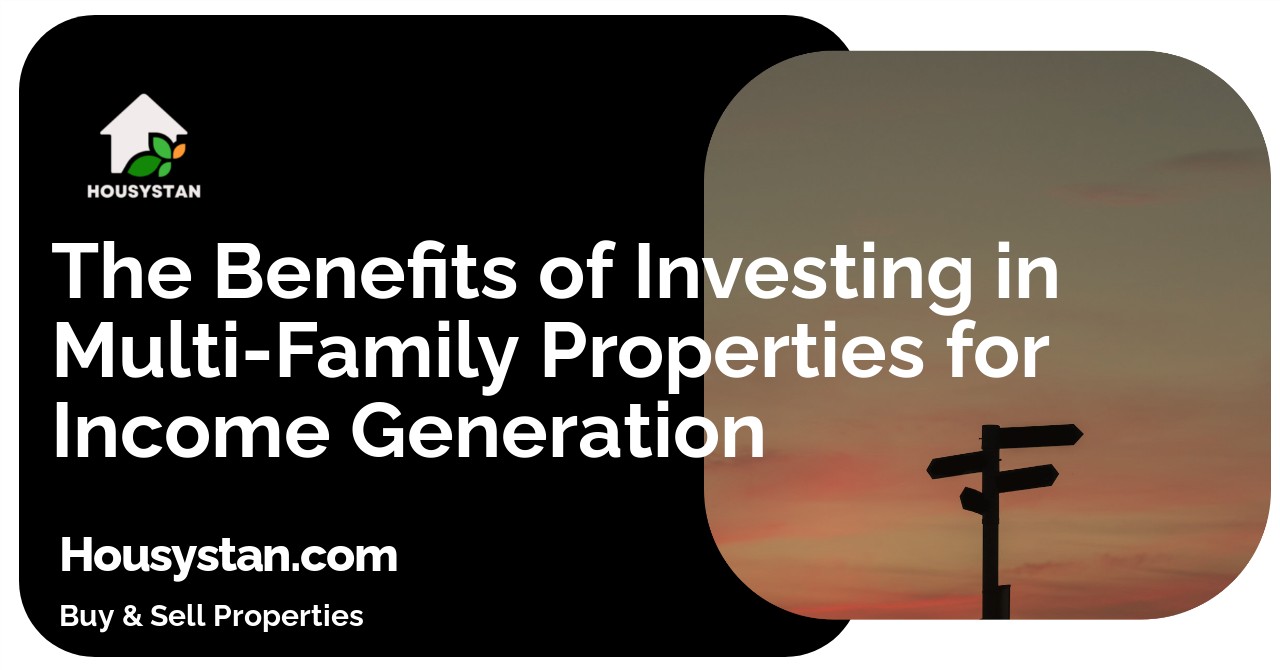The Benefits of Investing in Multi-Family Properties for Income Generation
Read latest blogs and articles from Housystan

The Information mentioned here was last updated on:
11/12/2025The Benefits of Investing in Multi-Family Properties for Income Generation
Investing in multi-family properties presents numerous advantages for individuals seeking reliable income streams and long-term financial growth. In cities and suburbs across the United States, apartment complexes, duplexes, and other multi-unit residences have emerged as popular choices for both new and experienced real estate investors. By choosing multi-family properties, investors tap into a dynamic sector known for its resilience, consistent cash flow, and appreciation potential.
One significant benefit of multi-family real estate is the ability to generate consistent rental income. With several units under one roof, vacancies in a single apartment do not drastically impact overall revenue. This stability makes multi-family properties especially attractive in growing metropolitan areas such as Dallas, Austin, Phoenix, or Atlanta, where housing demand remains high. Furthermore, rental prices in these locations often trend upward, allowing landlords to adjust rates and maximize returns over time.
- Verified Tenants/Buyers
- Unlimited Property Listing
- Zero subscription/charges fee
Economies of scale also play a vital role in multi-family investing. Maintenance, repairs, and property management costs are often lower on a per-unit basis compared to single-family homes. Investors can streamline operations, negotiate better service contracts, and increase profitability by managing multiple units within one property. This efficiency attracts those looking to expand their real estate portfolios in bustling regions like Houston, Denver, or Charlotte, where multi-family developments are thriving.
Multi-family properties offer opportunities for portfolio diversification and risk management. By owning various units, investors reduce the impact of vacancies and tenant turnover, which is particularly beneficial in competitive rental markets like Miami, Seattle, or San Diego. Moreover, these properties tend to appreciate steadily as urban populations grow and rental demand escalates, contributing to long-term wealth accumulation.
Financing multi-family investments can be more accessible than other asset types. Lenders often favor these properties due to their predictable income streams, making it easier for buyers in areas like Chicago, Los Angeles, or New York City to secure favorable mortgage terms. Tax benefits, such as depreciation and deductible expenses, further enhance profitability, making multi-family real estate a smart option for those targeting sustainable income generation and property appreciation in prime U.S. locations.